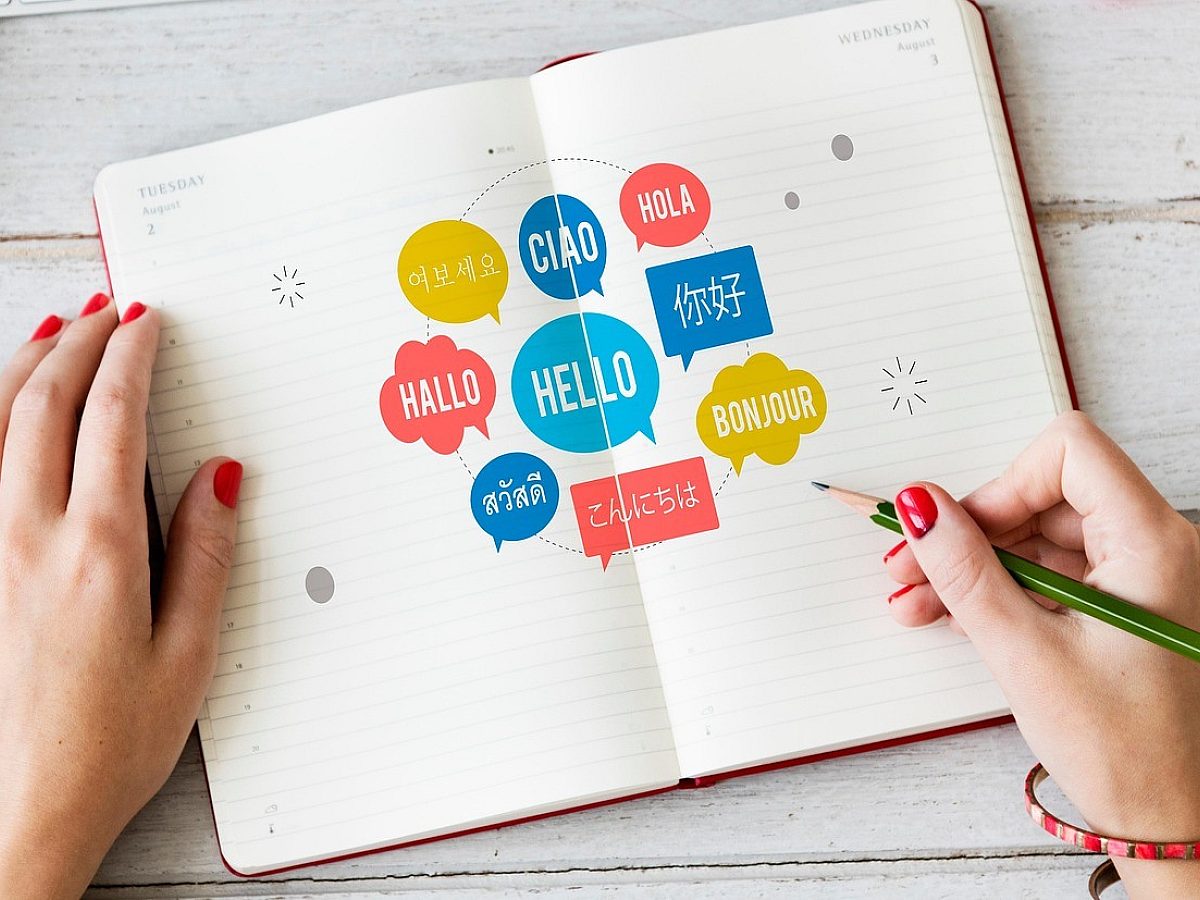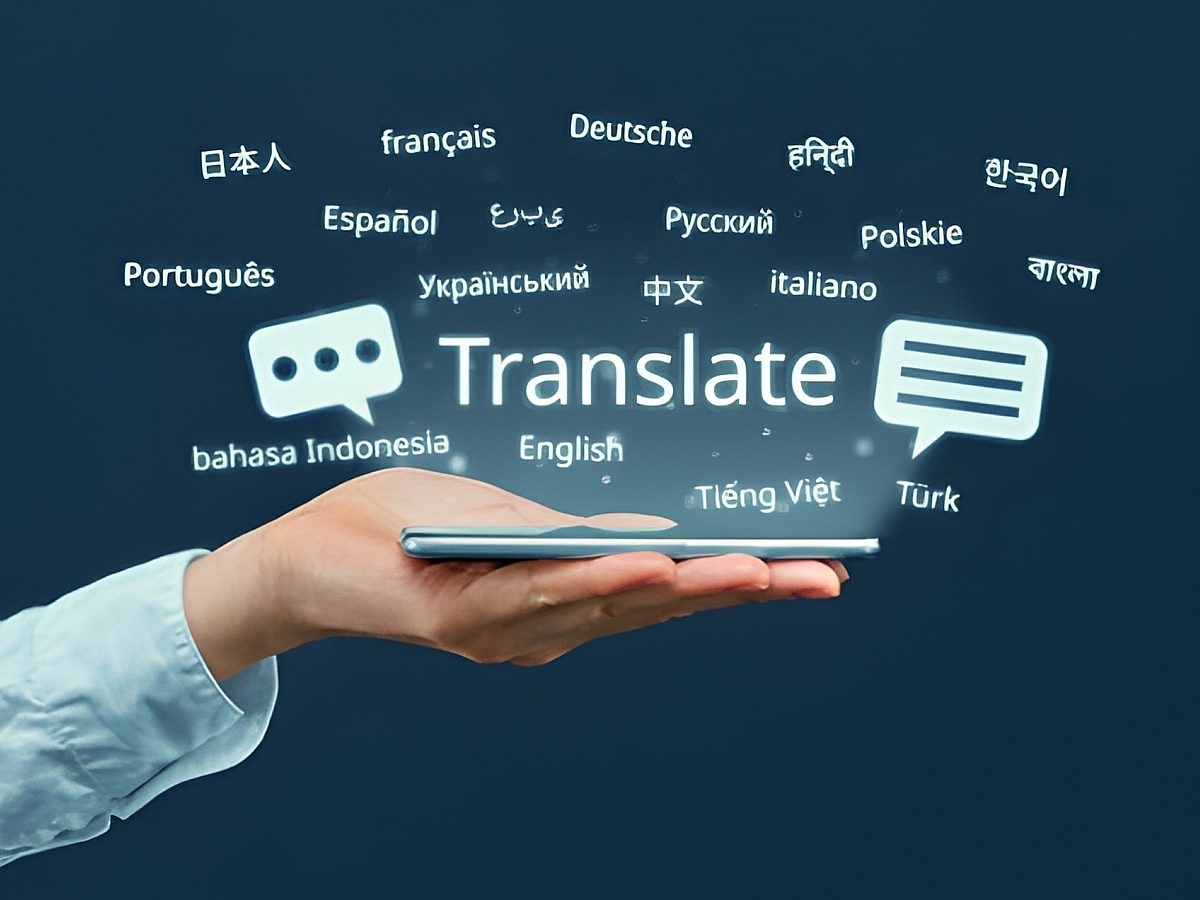By Wolfestone Group
July 22, 2025
When it comes to global entertainment, Netflix has done more than disrupt streaming, it has transformed how we think about language.
Subtitles, once an overlooked piece of the post-production process, are now a key driver of global content success. And no company has done more to elevate subtitling than Netflix.
By reshaping workflows, rethinking quality standards, and embedding localization into content strategy, Netflix changed the subtitling game and set a new global benchmark in the process.
This shift holds valuable lessons for any organization producing video content for a global audience.
Here’s how the platform reshaped industry standards and what your organization can learn from it.
Subtitles as a Strategic Asset
Subtitles were once treated as an afterthought with rushed translations, minimal context, and questionable formatting. But Netflix saw them differently: as a core product feature.
Their early research revealed something powerful. Viewers weren’t just tolerating subtitles they were choosing them. In fact, up to 80% of US viewers regularly watch foreign-language content with subtitles.
Netflix responded by investing heavily in subtitling quality, speed, and scalability.
Building a Global-First Workflow
Netflix’s subtitling success is driven by a highly structured localization pipeline. At its core:
Centralized style guides and term bases
Netflix developed region- and genre-specific guidelines for things like tone, punctuation, and line breaks ensuring consistency across languages.Time-coded templates
Instead of asking linguists to work from scratch, translators receive pre-timed English templates that streamline the process and reduce syncing errors.Cloud-based tools and proprietary platforms
Netflix’s in-house tool, Originator, manages subtitle timing, QA, and formatting. Every step is logged, centralized, and auditable.Talent-first model
They work only with trained audiovisual linguists often testing and certifying vendors through their “Hermes” program to ensure subtitle quality.
The result? Faster turnaround, lower error rates, and a more enjoyable viewer experience.
From Text to Experience
Netflix didn’t stop at technical improvements. They pushed for viewer-first subtitling.
This included:
Subtitle pacing that matches emotional beats
Ever noticed how Netflix subtitles pause during dramatic moments? That’s
intentional. Their linguists adjust subtitle speed to mirror the pacing of a scene.Contextual adaptation
Jokes, idioms, and cultural references are adapted not just translated. In
Stranger Things, for example, 1980s American slang is tailored for regional
familiarity.Accessibility enhancements
Netflix integrates SDH (Subtitles for the Deaf and Hard-of-Hearing) into all
content carefully timing sound descriptions and speaker labels to reduce
cognitive load.
They treat subtitling not just as translation but as storytelling.
They Localized for Culture, Not Just Language
Subtitling isn’t about direct translation, it’s about intent. Netflix adapts humor, idioms, slang, and pop culture references so that content feels natural, not forced.
This is especially evident in shows like Stranger Things, where 1980s American slang is reimagined to resonate with viewers in different markets. The goal isn’t just understanding, it’s emotional connection.
Literal subtitles may technically convey meaning, but they don’t build rapport. Cultural adaptation is what brings characters and stories to life across borders.
What This Means for Businesses
You might not be Netflix, but if your organization creates multimedia content, product demos, explainers, eLearning, or global marketing these lessons apply:
Invest in linguistic talent, not just tools
The right subtitler understands cultural nuance and screen timing, not just
grammar.Use structured templates to scale quality
Pre-timed templates and glossaries reduce variability and errors, especially in
multi-language rollouts.Design for accessibility from the start
Subtitles should include speaker cues, sound effects, and formatting that
supports all users, not just the average viewer.Don’t underestimate tone
What’s casual in one market may be rude in another. Tone consistency across
subtitles can make or break a brand’s reputation abroad.Plan localization as part of your strategy not after it
Netflix’s success wasn’t accidental. Subtitling was embedded in their global
rollout from the start. It wasn’t a finishing step, it was part of the launch plan.
Work with a Subtitling Team That Gets It Right
When you're producing content for a global audience, accuracy isn't optional, it's the foundation of trust. Poorly timed or misaligned subtitles don't just confuse viewers, they undermine your message and credibility.
From clinical training and eLearning modules to product explainers and investor presentations, every line of on-screen text must be delivered with precision.
That's where Wolfestone Group delivers.
We specialize in high-accuracy subtitle localization, backed by trained audiovisual linguists and ISO-certified workflows. Every project is handled with consistency, cultural sensitivity, and regulatory awareness.
Whether you're in life sciences, technology or education, we provide secure, end-to-end media localization, from multilingual subtitling and SDH to voiceovers and transcription, designed to meet the highest standards.
If you're looking for a subtitling partner with the expertise and infrastructure to support critical content, we're here to help you get it right from the start.



